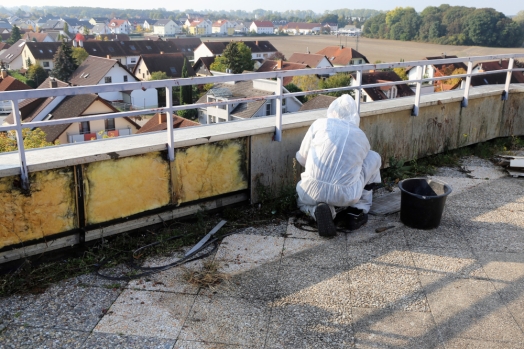Asbestos, a naturally occurring mineral, is often associated with old buildings from the early 20th century. However, many homes built after that time also contain asbestos. If you’re looking to make your home safer for you and your family, it’s important to know what an asbestos inspection entails and what you can do if any problems are found. Here are some details:
Inspectors will usually start by taking a look at the building's records.
The inspector will start by reviewing the building's records. This includes looking at any previous inspections, as well as any other relevant documents that may be available. The inspector might also ask you questions about the building's history--for example, if any renovations have taken place in the past year or so and whether or not there are any known issues with asbestos in your area (if so, this could affect how much time is needed to inspect).
Next, the inspector will conduct an exterior inspection of the building. This will include looking at the roof, chimneys and vents, walls and windows. The inspector may also ask you to remove any trees or bushes that are in the way of certain areas so he can get a clear view.

They'll ask questions about the building's history and your role in it.
The inspector will ask questions about the building's history and your role in it. If you are a tenant, they'll ask what type of repairs or renovations have been done at the property. They'll also want to know who was responsible for those repairs (the landlord or tenants). If you're a landlord, they'll ask if there are any asbestos-containing materials on site and whether or not there are any known asbestos exposure risks associated with those materials.
Inspectors can't always tell just by looking at an area whether it contains asbestos, so they may need to do further testing before making that determination.
They may also ask if any renovations have taken place in the past year.
The inspector may also ask if any renovations have taken place in the past year. If you have renovated your home, they will want to know what type of renovations took place and what materials were used during these projects. The inspector should be able to tell you whether or not it is necessary for them to sample the materials used during these projects as well as where they can be found in your home.
Some of the things that home inspectors look for include cracks in the floor, walls and ceilings; signs of water damage and mold; structural issues such as a cracked foundation or loose roof tiles; electrical problems such as faulty wiring and outlets that aren’t grounded properly. They may also check your heating system to make sure it is functioning properly, as well as your plumbing system to ensure there are no leaks or breaks.
Conclusion
Hopefully, this guide has helped you get a better idea of what to expect during an asbestos inspection Melbourne. As we mentioned earlier, it's important that your inspector has experience in dealing with the material and knows how to handle it safely so they can find any hidden areas where there may still be contamination. If you have any questions about your own home or workplace, please contact an expert.
Source From : What To Expect During An Asbestos Inspection: A Step-By-Step Guide






